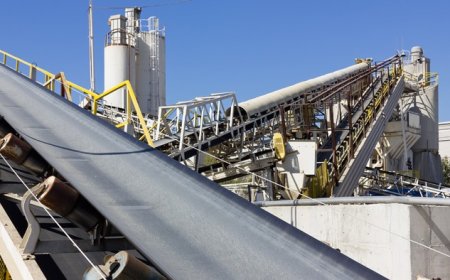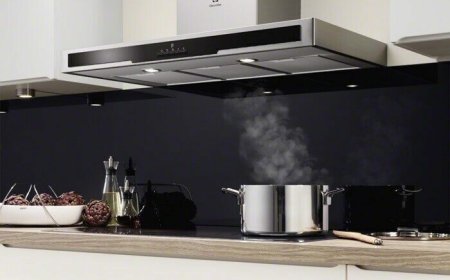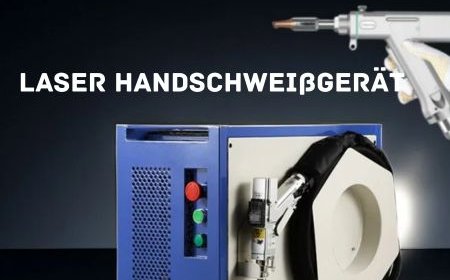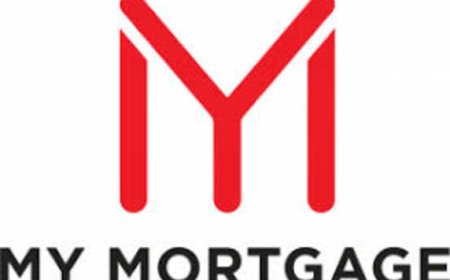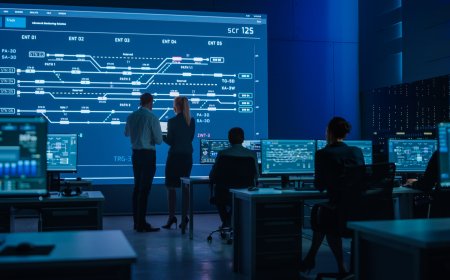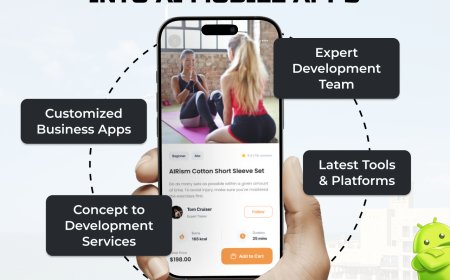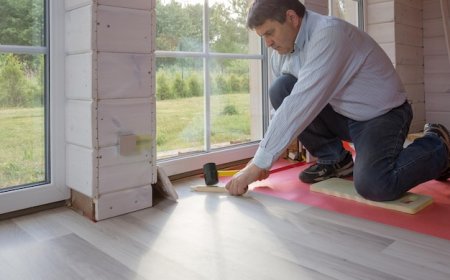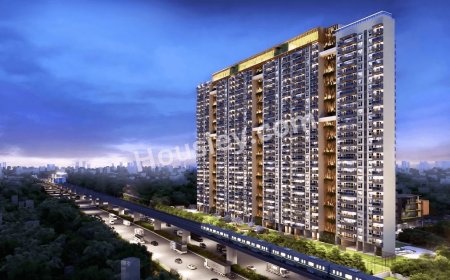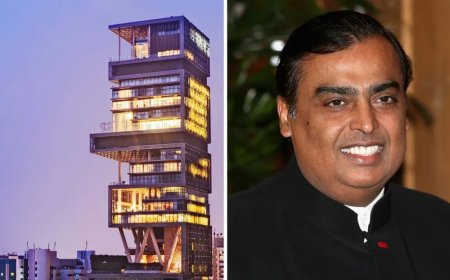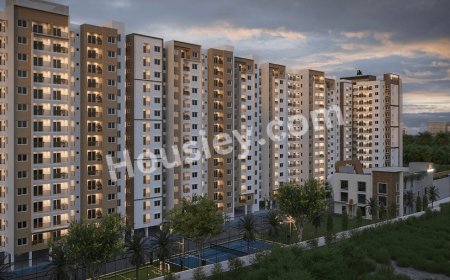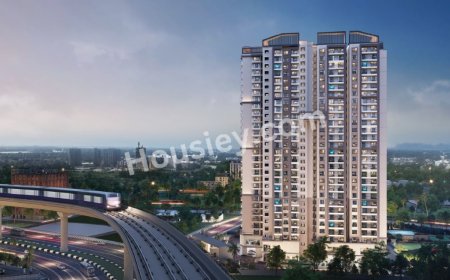Beyond Office Spaces: Designing Tomorrow’s Work‑Life Environment

The traditional office, defined by static workstations and enclosed cubicles, no longer aligns with the way people work today. A paradigm shift has occurredone fueled by hybrid schedules, wellness awareness, technological integration, and environmental responsibility. The next generation of commercial architecture is emerging not as buildings that house employees, but as multifaceted ecosystems designed to support productivity, community interaction, and sustainable living.
CRC The Flagship, located in Sector 140A, serves as an early model of this evolution. Its design philosophy illustrates how commercial real estate can embrace the complexities of modern work-life dynamics, combining workspace with amenity-rich, eco-conscious, and technologically enabled environments.
The Changing Concept of Work-Life Balance
Work-life balance is no longer a buzzwordits an expectation. Employees seek seamless integration of professional responsibilities and personal fulfillment, making physical workspace a crucial factor in attracting and retaining talent.
Key drivers of this shift:
-
Hybrid work demands with flexible on-site scheduling
-
Emphasis on mental and physical wellness
-
Desire for accessible break and wellness zones
-
Value placed on community and collaboration
-
Need for aesthetic and inspiring work environments
CRC The Flagships design aligns with these drivers by blending collaborative zones with natural light, curated break spaces, fitness areas, and well-considered layouts for spontaneous interaction.
From Desk-Focused Layouts to Experience-First Offices
Designing future-ready environments means moving beyond rigid desk rows and embracing flexible, human-centric layouts.
Design features that redefine workspace:
-
Open lobbies with informal seating for drop-ins
-
Clustered work pods and lounge zones for interaction
-
Meeting booths and quiet nooks for focused tasks
-
Rooftop terraces for breakout sessions or events
-
Cafs and F&B corners for flexible on-site dining
In CRC The Flagship, these elements coexist, supporting work, wellness, and the unexpected moments that spark creativity and connection.
Integrating Amenities for Work-Life Flow
Amenities are no longer perkstheyre part of the work-life continuum. Spaces that allow for quick coffee breaks, fitness routines, or casual meetings contribute to a balanced workday.
Desirable amenities typically include:
-
Wellness studios and yoga/yoga corners
-
Fitness rooms and mini gyms
-
Lounge cafs and juice bars
-
Childcare or quiet reflection areas
-
Tech-equipped conference suites
CRC The Flagship incorporates these seamlessly, encouraging professionals to enjoy a richer, more supportive work experience under one roof.
Technology-Driven Environments for Smart Building Management
Technology enhances flexibility, safety, and personalization in tomorrows offices.
Smart building attributes:
-
Access control via mobile devices or biometric systems
-
Smart lighting and HVAC that respond to occupancy and daylight
-
App-based space booking for rooms and workstations
-
High-speed connectivity and IoT sensor infrastructure
-
Centralized building management via dashboards
This level of technology-driven adaptability is a hallmark of CRC The Flagship, which supports businesses in evolving work cultures and operational efficiency.
Enhancing Social Interaction and Culture
A significant factor in modern work-life satisfaction is a workplaces sense of community and culture.
Design elements promoting engagement:
-
Multipurpose courtyards for social events
-
Curated seating in corridors to spark conversations
-
Art installations and cultural walkways
-
Internal forums or event spaces
-
Part-time market zones for crafts or local goods
CRC The Flagships architecture includes such zones to support impromptu interactions and community events, blending workspace with shared culture.
Sustainability as Core Design Ethic
These new environments must answer to ecological concerns. Integrating sustainability is no longer optionalits integral to modern workspace thinking.
Sustainable practices in commercial spaces:
-
Solar rooftops and energy-efficient lighting
-
Rainwater harvesting with landscaping rebate
-
Waste-stream segregation and recycling systems
-
Green faades and planted outdoor terraces
-
Locally sourced materials for lower embodied carbon
These principles guide the architecture of CRC The Flagship, creating a structure that is both functional and conscientious.
Health and Wellbeing in Building Design
Human health is now a built-in destination parameternot an afterthought.
Architectural elements promoting wellbeing:
-
High?performance air filtration and ventilation
-
Abundant daylight and glare control
-
Walkable stairwells and active transit options
-
Designated rooms for relaxation or quiet time
-
Facilities for mindfulness, such as meditation alcoves
In CRC The Flagship, building wellness elements serve as daily holistic triggers for health, reducing stress and improving overall occupant wellbeing.
Future-Ready Flexibility and Adaptation
Spaces must remain relevant as needs evolvetodays workforce could shift even more in style or geography over time.
Flexibility features include:
-
Modular floor plates enabling combination or subdivision
-
Shell-and-core readiness for customization
-
Shared services hubs for effortless tenant fit-outs
-
Multi-use terraces and event zones
-
Lease options supporting startups and large enterprises
CRC The Flagship offers these forms of adaptability, ensuring longer relevance and fewer obsolescence risks.
Creating a Culture of Talent Retention and Attraction
Talent is at the heart of business value. Physical workspace shapes recruitment and retention.
Workspace features that appeal to professionals:
-
Vibrant collaborative spaces and wellness support
-
Available lifestyle services and premium meeting zones
-
Tech-savvy environment with secure connectivity
-
Accessibility to transport, leisure, and dining
-
Flexible workstations rather than assigned desks
CRC The Flagships environment enhances employee experience to foster organizational loyalty and well-being.
The Role of Design in Investment Returns
Investors weigh not just rent generation, but asset adaptability, reputation, and ESG alignment.
Investor considerations:
-
Premium rentals due to high occupier satisfaction
-
Strong occupancy from leading occupiers and SMEs
-
Competitive edge via sustainability certifications
-
Portfolio diversification through flexible leasing
-
Asset longevity as demand evolves
Projects like CRC The Flagship blend design leadership with investor appeal and tenant success.
Integration with Urban Infrastructure and Community
Modern buildings are part of a greater urban grid, not isolated zones.
Urban connectivity elements:
-
Seamless access to public transit and highways
-
EV charging and bicycle storage for sustainable commuting
-
Ground-level retail supporting community use
-
Shared open spaces for public events or activity
-
Municipal coordination of design and civic systems
CRC The Flagship embeds these features into its master plan, fostering integration with civic ecosystems.
Inspiring Developments: The Way Forward
Tomorrows commercial buildings will continue to evolve through:
-
Workplace-as-a-service offerings
-
AI-enabled building operations
-
Community platforms for tenants
-
Resilient planning against climate change
-
Circular economy infrastructure
CRC The Flagship paves the way, embodying each of these trends and offering a living case study in adaptive, sustainable, and socially oriented architecture.
Conclusion
Modern workplaces transcend traditional office definitions. They must be ecosystems of productivity, community, wellness, and sustainability. CRC The Flagship Noida demonstrates how intelligent planning and responsible design can reshape work-life environments for today and tomorrow.
When spaces prioritize human experience, flexibility, and ecological integrity, they become more than buildingsthey become facilitators of progress. In Sector 140A and beyond, this collaborative approach is setting a new standard for commercial architecture and the future of work.

















